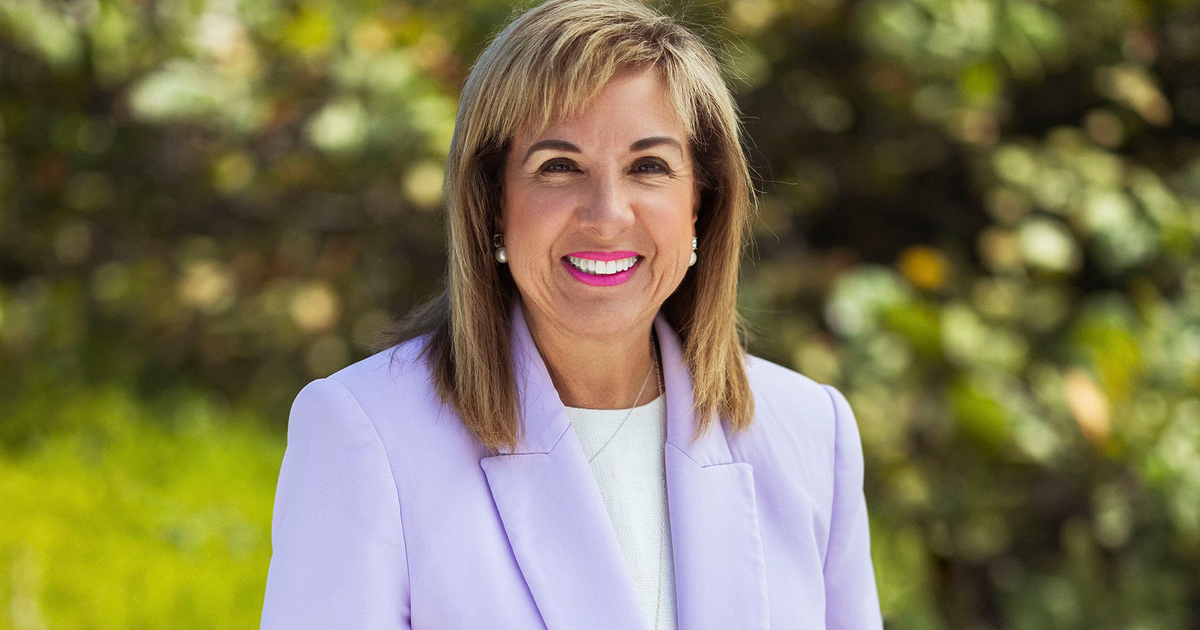Local leaders meet to explore ways to improve, protect Biscayne Bay
MIAMI - Biscayne Bay is one of Miami-Dade County's most significant natural resources. On Monday, local leaders from both the public and private sectors gathered for the 2024 Biscayne Bay Marine Health Summit to explore ways to collaborate to improve and protect the Bay.
Miamians know all too well it needs protection.
"The serenity," shared a resident who goes by Arianne, describing her joy sitting by the water. "Not the chaos of the city."
Arianne cherishes the tranquility of Biscayne Bay's shoreline and spends her free time there, even during work, as a boat tour guide.
"Progressively, it's gotten a lot worse," added Arianne. She's talking about trash in the Bay.
"It's accumulated," she added. "It's pretty gross."
Edvin Moreno: "People don't clean up after themselves; you see it everywhere," added fellow Miami resident Edvin Moreno.
CBS News Miami's Joe Gorchow walked the shoreline by Biscayne Bay right when you get off the Rickenbacker Causeway. He said it seemed like every few steps, he noticed trash trapped in the seaweed. A plastic bottle. A beer bottle. A wrapper. A bottle cap and all sorts of debris.
"Everyone is impacted and touched by the Bay," shared Loren Parra, Miami-Dade County's Chief Bay and Water Resources Officer. "It's beneficial to our Biscayne aquifer, which provides drinking water to the entire southern Florida."
Parra spoke at the Biscayne Bay Marine Health Summit at Jungle Island on Monday. The summit was a time to share ideas to protect and restore the Bay. She adds the county is using funds from the federal, state, and local levels to pour one billion dollars into infrastructure to stop water pollution.
"Working with residents and municipalities to upgrade our aging sewer infrastructure," said Parra. "Or working with individual neighborhoods to transition folks from septic tanks to sewers. We're doing all we can to ensure a healthier Biscayne Bay."
Commissioner Raquel Regalado also spoke at the summit, and she told the audience the top two causes of pollution: agriculture runoff and faulty septic tanks.
"There's a bunch of different issues we need to address," said Aliza Karim, the Miami Waterkeeper Research Manager. "Nutrient loading. Trash accumulation in the Bay. Seagrass dieoff. Habitat health."
Karim works with the Miami Waterkeeper. Over the years, the organization says it has collected thousands of pounds of trash from beaches, bays, rivers, and coastal areas in Florida, including close to 7,000 in 2023.
Less than two weeks ago, the organization found dead fish and trash floating in a canal in Coral Gables, which feeds into Biscayne Bay.
Gorchow asked her, "If the status quo remains the same, what happens?"
"We're going to see the degradation of the Bay," answered Karim. "Unfortunately, the Bay is going to potentially give us more algae blooms, and more fish kills, and the reason for that is that it's almost immuno-suppressed. The more pollution that goes into the Bay, the less likely it is to recover."
And so one Miamian keeps the message straightforward: "Pick up your stuff," said Arianne. "It's simple."
And protect our Bay.




